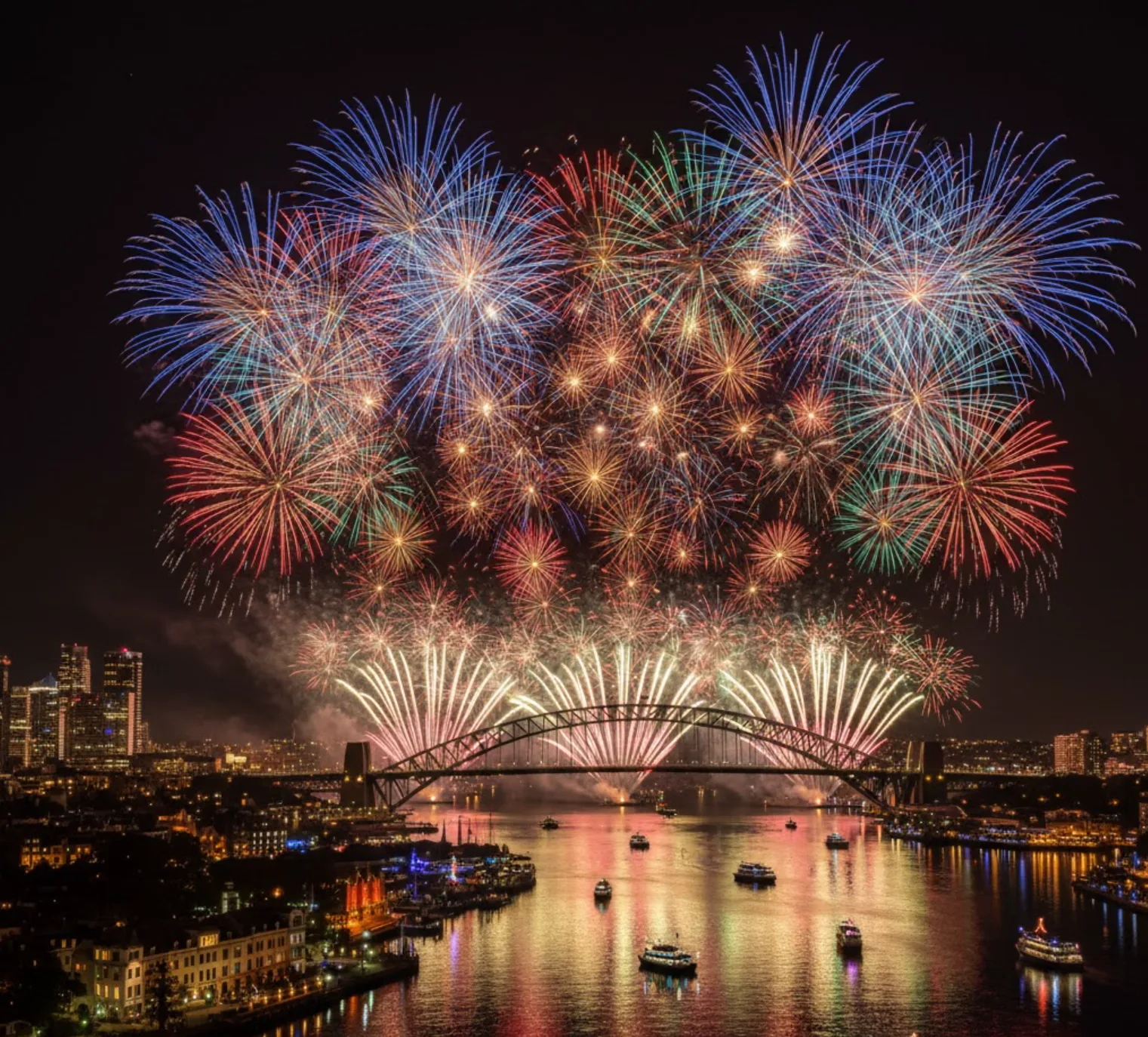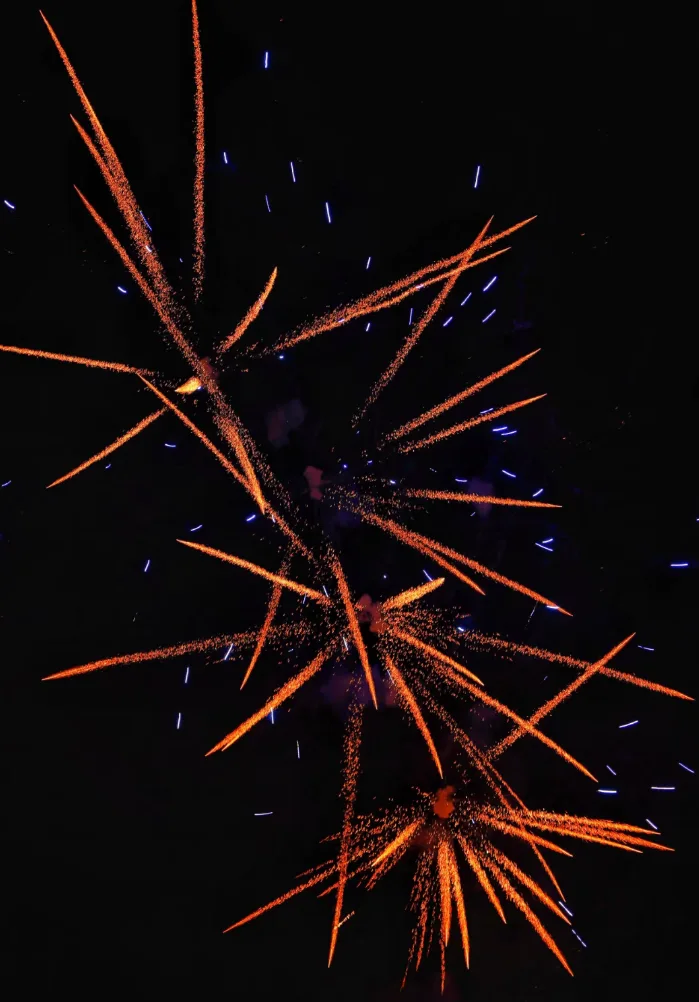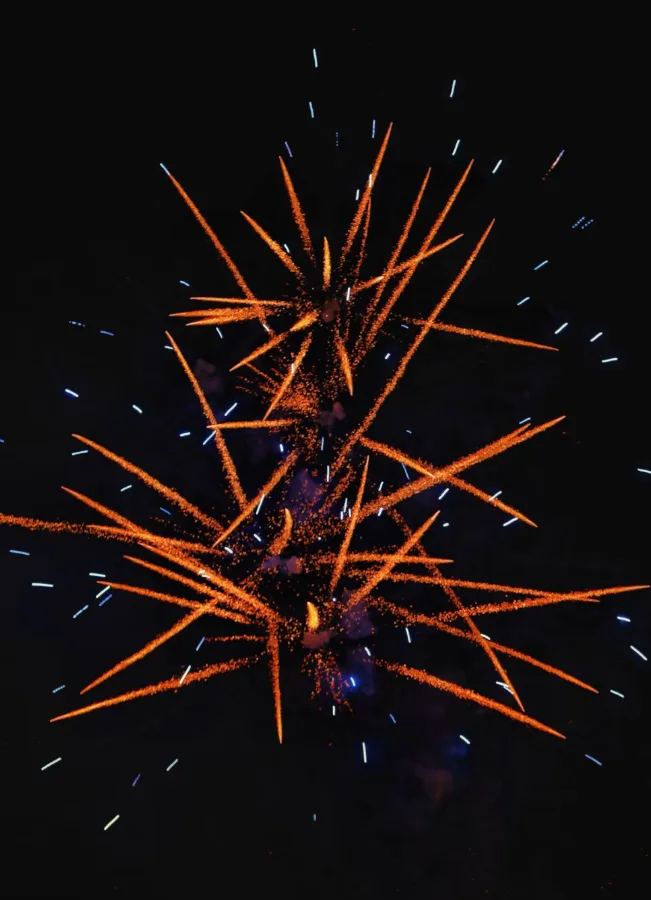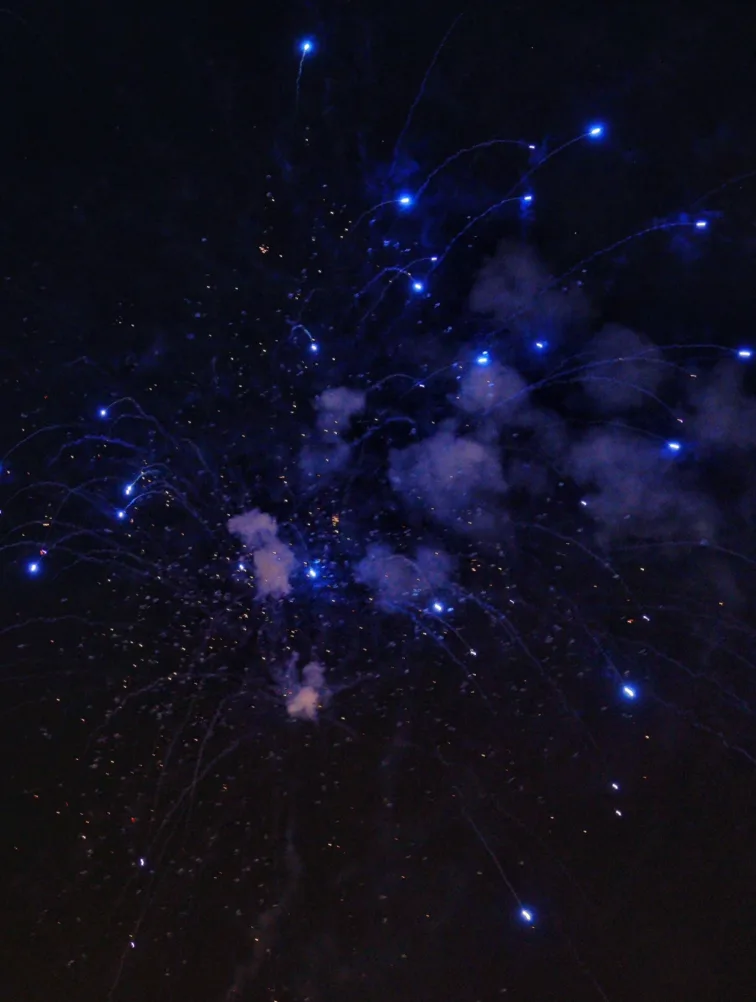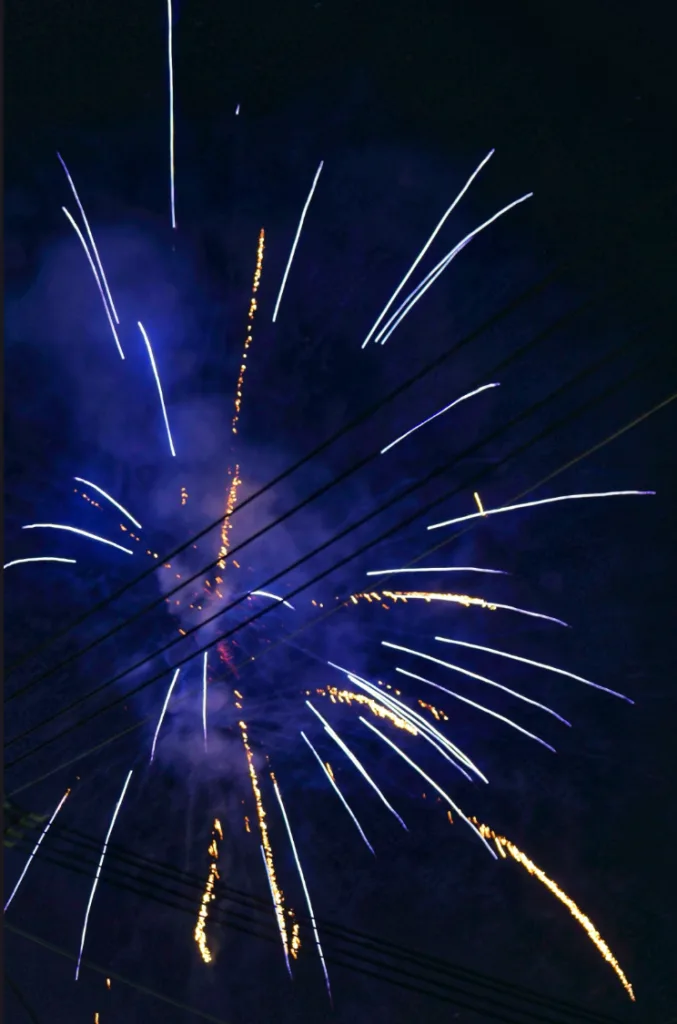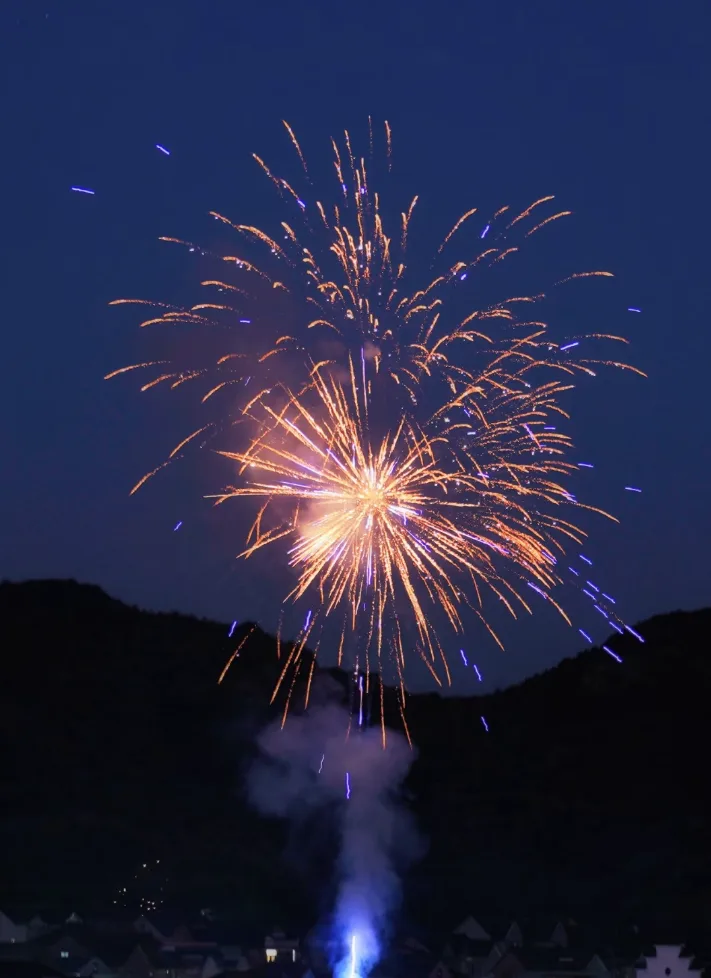From hushed crowds gathered on a chilly December night to the booming spectacles over ancient harbors, the flash and thunder of fireworks hold a singular power over the human imagination. More than mere explosions, these carefully crafted displays are a fusion of chemistry, engineering, and cultural tradition, serving as brilliant punctuation marks for moments of profound shared significance across the globe.
A Spark from the East: The Deep Roots of Pyrotechnics
To trace the history of fireworks is to follow the trail of black powder, one of the "Four Great Inventions" of China. Developed centuries ago, initially perhaps for medicinal purposes by Taoist practitioners, the mixture of saltpeter (potassium nitrate), charcoal, and sulfur was soon adapted for both military applications and dazzling public displays. The earliest documented use of pyrotechnics for entertainment, in the form of simple firecrackers and rockets, dates back over a thousand years in China, where they were used to ward off evil spirits and celebrate major events like the Lunar New Year.
The knowledge of black powder gradually migrated westward, primarily along trade routes and through military exchange. By the thirteenth century, the formula had reached the Middle East and Europe, where it was swiftly adopted and refined. While initially focused on weaponry, European chemists and artisans soon turned their attention to the art of creating aerial effects. It was in Italy during the Renaissance that pyrotechnics began to evolve into the artistic form we recognize today, with families dedicated to the craft developing shells designed to burst into geometric patterns and figures.
The Science Behind the Spectacle
The brilliance of a modern firework lies in its complex internal structure, a miniature chemical laboratory designed for a singular, breathtaking performance. The central component is the star, a pellet containing all the elements necessary for color and light.
- The Colors: The vibrant hues that paint the night sky are the result of specific metal salts carefully incorporated into the star composition. For instance, salts of strontium produce a rich red; barium yields a vivid green; copper creates a bright blue; and sodium gives a striking yellow or orange. When the firework is launched and the star ignites, the intense heat excites the atoms of these metallic compounds, causing them to emit light at specific wavelengths—a pure display of atomic physics.
- The Shape and Effect: The shell itself is packed with stars and a bursting charge. The arrangement of the stars inside the shell determines the final shape. A perfectly spherical array will produce a classic peony or chrysanthemum effect, blooming symmetrically. Other specialized packing techniques create effects like the willow (long, drooping trails of sparks), the brocade (a dense network of shimmering golden lines), or the crossette (stars that break into smaller stars).
- The Propulsion: The grand ascent begins with the lifting charge, a fast-burning powder that generates a large volume of hot gas to propel the shell high into the air. A time-delay fuse, cut to a precise length, is set to ignite the bursting charge at the zenith of the shell's trajectory, ensuring the spectacle occurs at the perfect height for maximum visibility.
A Universal Language of Celebration
Beyond the chemistry, fireworks are deeply interwoven with human culture and collective memory. They serve as a universal symbol of renewal, victory, and collective excitement.
In East Asia, the enormous strings of firecrackers used during the Lunar New Year are more than just noisy merriment; they are ritual tools to frighten away the bad luck of the past year and welcome prosperity. In the United Kingdom, Bonfire Night on November 5th combines large pyrotechnic displays with bonfires to commemorate the failed Gunpowder Plot of 1605. Across the world, from Diwali, the Hindu festival of lights, to American Independence Day, and countless town and city festivals, the firework display acts as a shared communal experience, a moment where people pause, look up, and celebrate being together.
The transient, explosive beauty of a firework—that brief, vivid flash against the velvet black—is perhaps what makes them so captivating. They remind us that the most magnificent moments are often fleeting, urging us to fully immerse ourselves in the here and now, under a sky briefly, gloriously, on fire.

